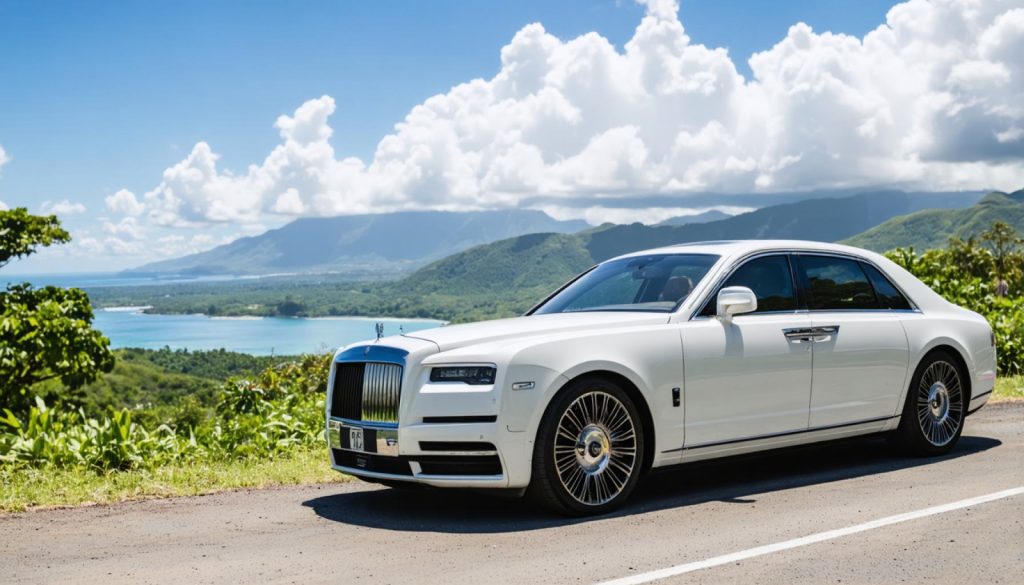
- Nicaragua imposes a stiff luxury tax on high-end items to address economic disparity, targeting importers and buyers of opulent products like luxury vehicles and designer goods.
- Luxury tax rates can reach 30% or more, aiming to curb unnecessary spending and promote essential economic development.
- The revenue from this tax is intended to fund critical areas such as education, healthcare, and infrastructure, though its effectiveness is under scrutiny.
- Critics suggest the tax may hinder economic growth by discouraging investment and prompting affluent individuals to seek tax exemptions abroad.
- Nicaragua’s luxury tax highlights the tension between tradition and modernity, emphasizing the need for transparency and equitable policies that truly benefit all citizens.
Nestled between the sparkling Pacific Ocean and the Caribbean Sea, Nicaragua enchants with its lush landscapes and vibrant culture. However, beneath its tropical allure lies a complex economic system where luxury items face significant taxation. This luxury tax, a tool wielded by the government to balance economic disparity, plays a pivotal role in the nation’s financial ecosystem.
Gilded Dreams Meet Stark Reality
Imagine strolling through a high-end boutique in Managua, the capital city, eyeing an exquisite wristwatch shimmering under ambient light. For many, these luxury items symbolize success and status, yet in Nicaragua, purchasing them tells a deeper story. Here, a stiff luxury tax serves as a barrier between the affluent few and their extravagant desires.
This tax targets importers and buyers of selected opulent products, ranging from luxury vehicles to designer goods. With rates that can soar up to 30% or more, the intent is clear: curb unnecessary luxury spending and encourage a focus on more essential economic development.
A Double-Edged Sword
Visualize families in rural Nicaragua, working tirelessly under the hot sun, cultivating crops that sustain their communities. The revenue generated by the luxury tax, in theory, should funnel back into these areas, funding education, healthcare, and infrastructure. Yet, the path appears fraught with challenges and occasional disconnects.
Critics argue that the tax might inadvertently stifle economic growth by discouraging investment and limiting consumer choices. The affluent might evade such taxes by purchasing abroad or leveraging loopholes, undermining efforts to bridge the socioeconomic divide.
The Tipping Point
As Nicaragua stands at the crossroads of tradition and modernity, the luxury tax narrative underscores a pressing need for balance. While the government seeks to wield this tax as a means of redistribution, its execution demands transparency and accountability to truly uplift those in need.
Ultimately, the takeaway from Nicaragua’s luxury tax saga is the quest for equity — a reminder that sustainable prosperity depends not solely on fiscal measures but on policies that genuinely reflect and serve the diverse mosaic of its population. As travelers and potential investors navigate this dynamic landscape, understanding these economic intricacies can provide a more profound appreciation of Nicaragua’s societal fabric.
The Hidden Cost of Luxury in Nicaragua: Navigating Economic Inequality
Nicaragua, a land of breathtaking natural beauty, is also home to a unique economic structure where luxury goods face high taxation. This setup not only impacts consumer behavior but also reflects broader social and economic challenges. Let’s delve deeper into the implications, controversies, and real-world applications of Nicaragua’s luxury tax, while offering practical insights and tips.
Understanding the Luxury Tax Framework
Nicaragua’s luxury tax rates, which can reach over 30%, aim to redistribute wealth by funding public services like education, infrastructure, and healthcare. This tax applies primarily to imported luxury goods, potentially limiting access for middle-class consumers and creating a visible wealth gap.
Luxury Tax: Cause and Effect
1. Balancing Wealth and Opportunity:
– Challenges: While the luxury tax promises to fund essential services, critics question its effectiveness and efficiency, citing inadequate redistribution and potential misallocation of funds.
– Opportunities: A well-managed system could enhance public welfare, promoting more equitable growth.
2. Impact on Consumer Behavior:
– Local Consumers: High taxes drive many consumers to seek goods abroad, thereby missing potential economic benefits if the spending occurred locally.
– International Investors and Tourists: Understanding these economic barriers can allow businesses to adjust their market strategies to better attract both local and international buyers.
How-To Navigate High Luxury Taxes
For consumers and businesses:
– Shop Smartly Abroad: Many affluent Nicaraguans purchase luxury goods on international trips to avoid hefty local taxes.
– Tax Planning: Businesses should work with financial advisors to explore legal means of reducing tax liability or to correctly interpret tax obligations.
– Advocate for Transparency: Engaging with local governance for greater transparency can help ensure that taxes collected are used for intended public services.
Market Trends and Predictions
– Economic Shifts: The luxury tax may push consumers towards sustainable and locally-produced goods, bolstering small businesses and local artisans.
– Policy Evolution: International pressure and local advocacy could pave the way for policy adjustments that better balance economic growth with social equity.
Pros and Cons of the Luxury Tax
– Pros:
– Potential for funding critical public services.
– Promote local industries by making imported goods less competitive.
– Cons:
– Risk of investment decline due to perceived financial barriers.
– Possible encouragement of tax evasion and shadow market activities.
Actionable Recommendations
– Support Local: Lean towards supporting local businesses that are exempt from these taxes.
– Engage Politically: Participate in discussions and forums about the effectiveness and impact of the luxury tax.
– Stay Informed: Keep abreast of policy changes that could affect taxation rates or enforcement strategies.
For a deeper understanding of the complexities of Nicaragua’s economic landscape, visit World Bank for comprehensive analyses and forecasts on the country’s economic policies.
In conclusion, navigating Nicaragua’s luxury tax system requires a strategic approach to both purchasing and advocacy. By understanding the broader impacts, stakeholders can make informed decisions that contribute to fair economic practices and sustainable growth.



